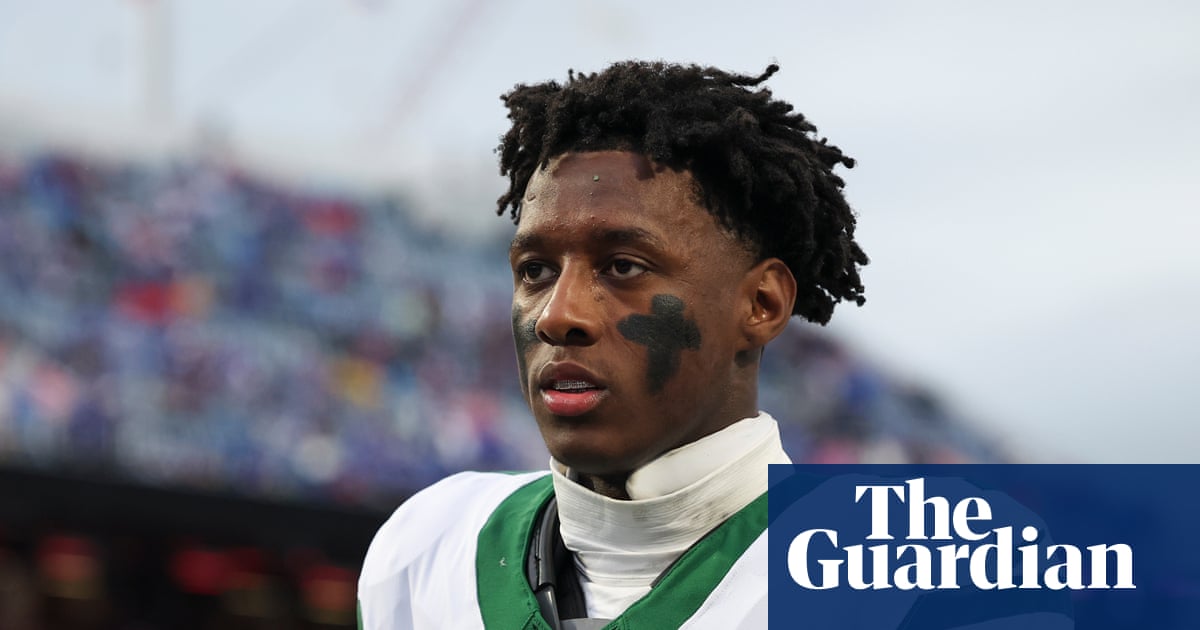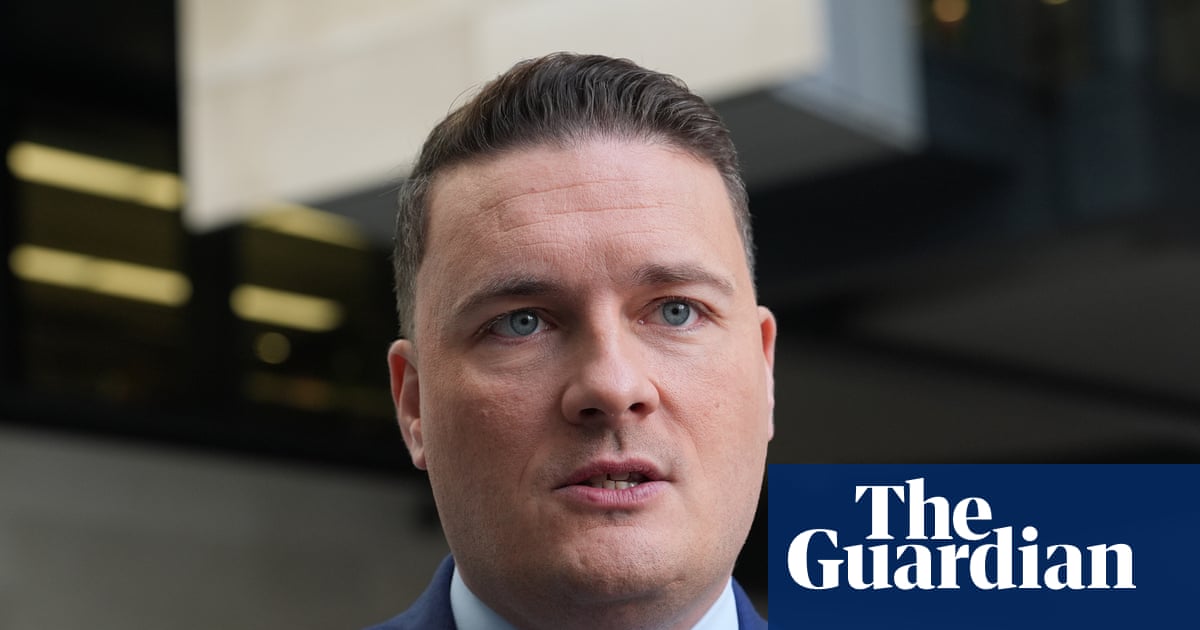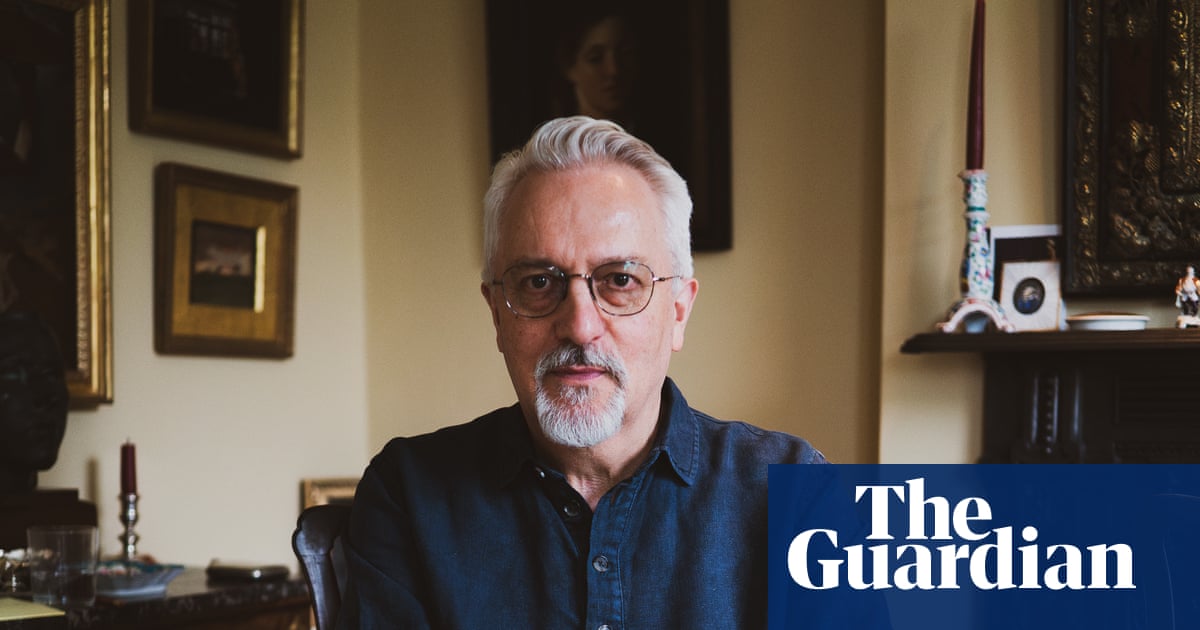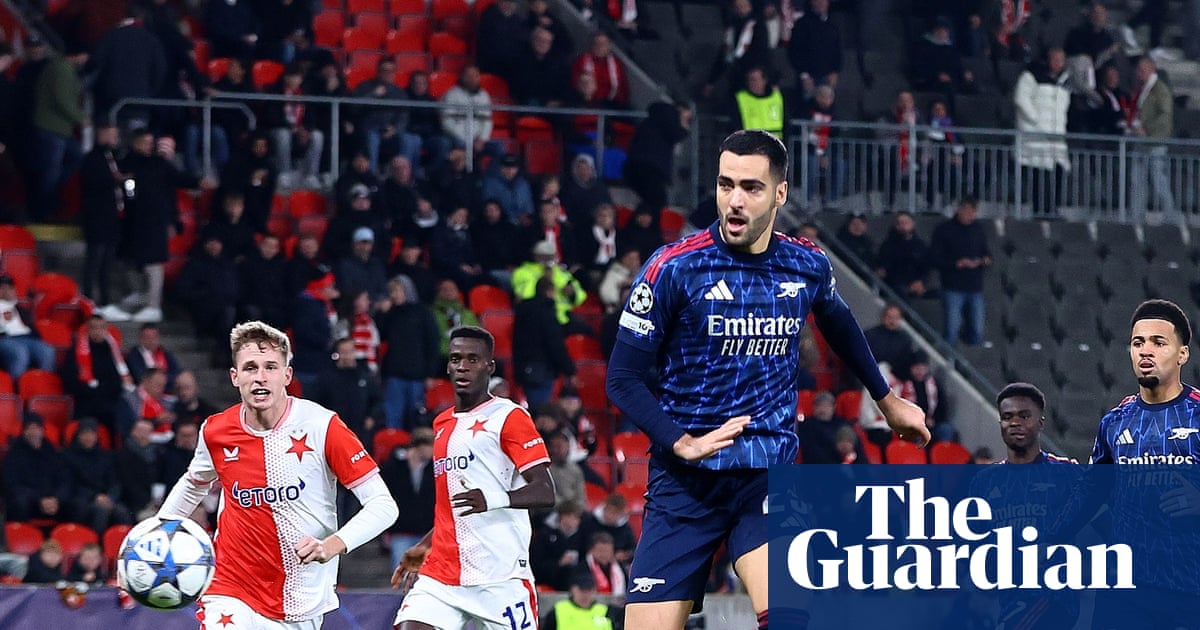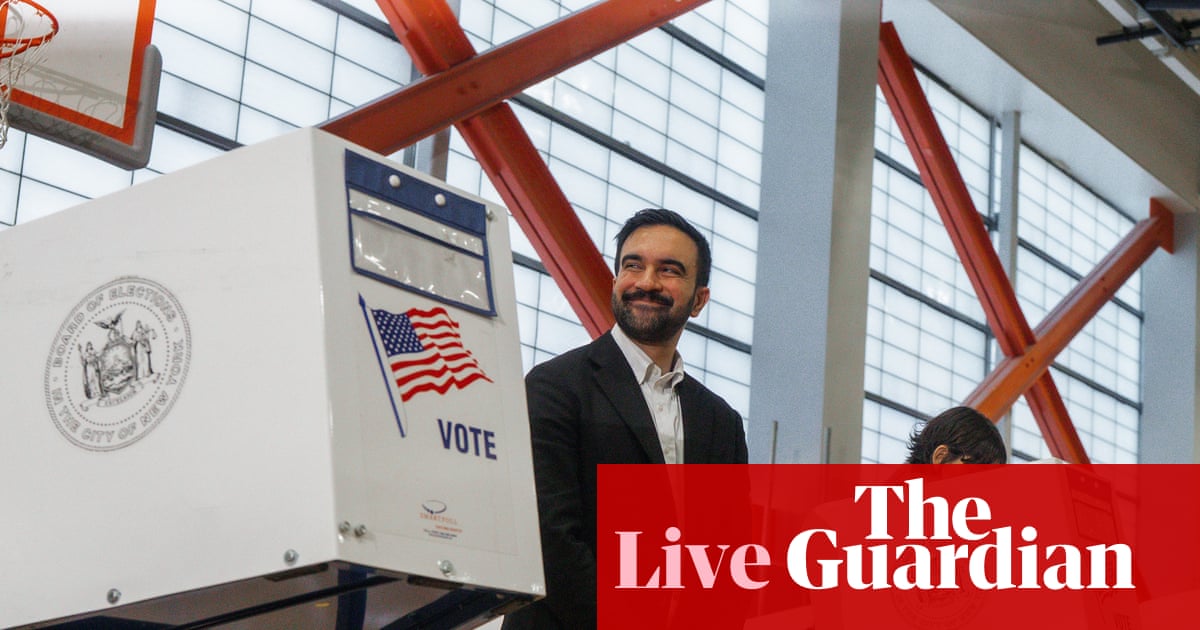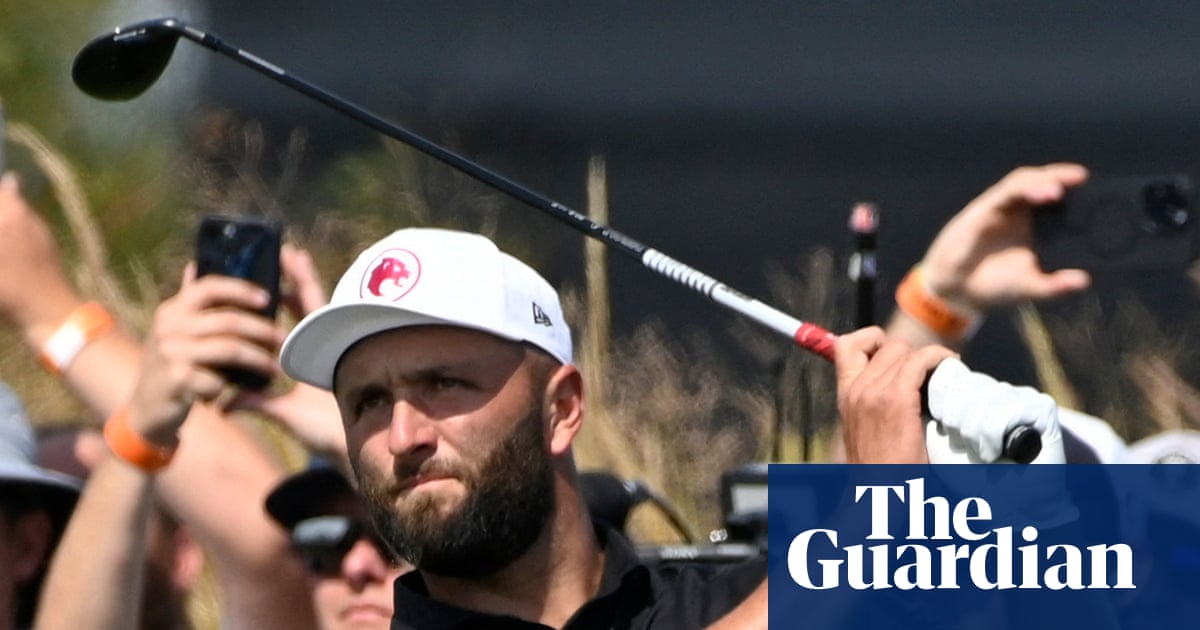It’s not exactly every parent’s dream dinner-table conversation: “Mum, what’s porn?” But whether we like it or not, many children stumble across mainstream internet pornography. A recent study in the UK found that more than a quarter of children encounter porn online before the age of 11. In the US, studies show the average age of first exposure to online porn is 12, with some encountering it earlier. For many parents, that knowledge can spark panic: “What if this is the first place my child learns about sex? What if they think that’s what real intimacy looks like?”
Here’s the good news: you don’t need to panic, but you do need to prepare. The truth is, your child will be exposed to ideas about sex, whether through peers, media or yes, pornography. And it will happen – long before you’d ideally want it to. The most protective factor isn’t monitoring phones or giving lectures. It’s you showing up as an honest, calm and approachable parent.
Here’s an approach to make the conversation less intimidating.
Set the stage
First, set the stage for yourself. If you start from fear: (“Oh no, my child might see this terrible thing!”), the conversation will probably be shut down quickly. But if you ground yourself, it changes everything.
Think about the bigger picture. Pornography is not going away. Equipping your child to understand what they see and to ask questions is far more effective than pretending it doesn’t exist.
Start with your values
Before talking about porn, take a moment to reflect on what you do want your child to know about sex and relationships. Do you want them to value consent? To understand that intimacy is about connection, not just performance? To know that their bodies (and other people’s bodies) deserve care and dignity?
Rooting the conversation in your family’s values shifts the focus from “don’t watch this” to “here’s what we believe about relationships – and why porn doesn’t offer that”. It usually shows a very narrow version of sex. One that skips over communication, respect or even mutual pleasure.
Explain what porn is (and what it isn’t)
There is a wide spectrum of adult content, including work that’s ethical and respectful. But most of what young people stumble across online isn’t that. It’s mainstream porn, which often misrepresents sex and relationships.
The key here is to use language that matches your child’s age and developmental stage. For tweens, a simple definition works: “Porn is when people make videos or pictures of sex to sell online.” For teens, you might add: “It’s entertainment, like a movie, but it misrepresents relationships, emotions and sex itself.”
The main point: porn is entertainment, not sex education.
Keep it open and shame-free
Many parents worry: “If I talk about porn, won’t it make my child want to watch it?” Talking about porn doesn’t spark curiosity, it builds critical thinking. Kids are already exposed to sexual content through media, jokes and the internet. Silence doesn’t protect them, it just leaves them figuring it out alone.
This is where being “askable” comes in. If your child knows they can come to you with a question (even an awkward, cringe-inducing one) and not get shut down, they’re far more likely to seek your guidance in the future. That means resisting the urge to overreact when the subject comes up. A deep breath, a calm tone, and phrases such as:
● “That’s a good question, let’s talk about it.”
● “I’m glad you asked me instead of just Googling it.”
● “I don’t have all the answers, but we can figure it out together.”
That’s the energy that makes you the go-to resource, not the last resort.
Practical conversation starters
Many parents just want to know what to say. Here are ways to start the conversation, depending on your child’s age, plus how to gauge where they’re at.
Warm it up with a temperature check
Ask your child what they already know or have heard.
after newsletter promotion
● “Have you ever seen something online that made you feel weird or uncomfortable?”
● If yes: “Oh really? Tell me more about that.”
● If no or unsure: “Thanks for your honesty. Let me ask you this: what do you think of when you hear the words ‘adult content’ or ‘sexually explicit material’?”
This might give you an idea of what they’ve seen so you can tailor your response.
Tailor your response
● Younger tweens (10–12):
“Sometimes kids see things online that aren’t made for them, like pornography. It might show people’s bodies and sexual stuff, but not what real relationships look like. If you ever see something that makes you uncomfortable, you can tell me.”
● Teens:
“You might hear about porn from friends, or even see it yourself. Just so you know, it’s made to be entertainment, not education. Real sex involves communication, consent, and care – things mainstream porn usually skips.”
● For any age:
“I know this can feel awkward, but I’d rather we talk about it together than leave you to figure it out alone.”
Keep the conversation going
The goal isn’t covering everything at once. It’s about creating an ongoing dialogue so your child knows your door is open and their questions won’t be met with judgment or punishment. Small, honest conversations over time are what stick.
Final thought: you don’t need to know everything
Here’s a secret most kids wish their parents knew: what they want is reassurance, honesty and openness. Saying, “I don’t know, but I’ll find out,” models lifelong learning and lets your child know that questions are safe in your home.
Talking about porn may never feel comfortable, but that’s OK. Choose connection over panic and you will become a trusted guide throughout the messiness of growing up.
-
Jess Melendez is an educator and the author of Porn is Not Sex Ed!
-
Sign up for our new weekly newsletter Matters of Opinion, where our columnists and writers will reflect on what they’ve been debating, thinking about, reading and more

 1 month ago
46
1 month ago
46




